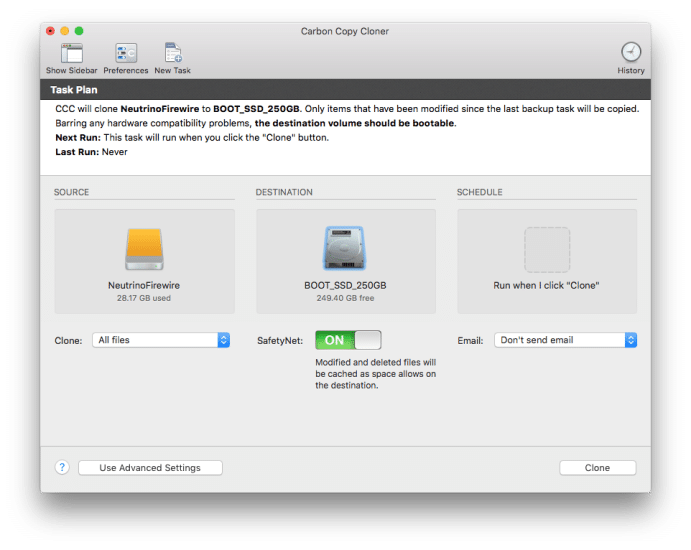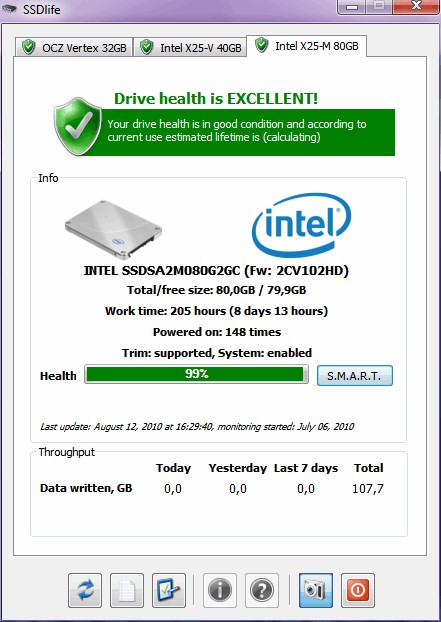
– the REAL way that modern SSDs “fail” is “grey failure” which is that they become slower and slower. – realistic failures appear to be driven far more by environment (excess temperature or noisy power) than by the data patterns or volume – failure seems to be Poisson more than anything else (ie more or less constant probability of failure from purchase to the end of time, eg every year of use there’s maybe a 5% probability of failure and that doesn’t change)

– for current drives, unlike the past, Write Amplification Factor is NEGATIVELY correlated with failure. Which has as its interesting points the claims that On the other side of recency we have something like Of course for the home user this is much less of a problem in that your SSD is probably not writing 24/7 the way it may be at a data center. – they seem to think that of things you can control and monitor, temperature is by far the most important.

– they say NOTHING about actual flash lifetime/”wearout” statistics but various ways they say things suggest they think this factor is essentially meaningless, or at least the way it’s currently recorded and presented is useless To get a feel for what’s published, one of the early studies was by Facebook and CMU, 2015, Īpart from the fact that this deals with much older flash technologies, the two most notable points are Such studies as we do have tend to be irrelevant to the home use case because they concern the very different user environments of data centers. We (supposedly… I’ve never seen it published…) have a fair amount of data about the behavior of individual flash chips, but that has demonstrated little value when it comes to be behavior of the entire flash drive. The honest truth is that we have extremely little USEFUL data about this.

It excludes metadata and may exclude writes performed by the SSD itself for wear-levelling purposes. However, Data Units Written isn’t a complete account of all data written to the SSD.

Thus to calculate the Data Units Written in TB, take the value given for NVMe indicator 07, multiply it by 512, then divide it by 1,000,000,000. This value is reported in thousands (i.e., a value of 1 corresponds to 1,000 units of 512 bytes written) and is rounded up (e.g., one indicates that the number of 512 byte data units written is from 1 to 1,000, three indicates that the number of 512 byte data units written is from 2,001 to 3,000).” According to the NVMe Base Specification version 2.0, Data Units Written “contains the number of 512 byte data units the host has written to the controller as part of processing a User Data Out Command this value does not include metadata. For my previous article, I referred to Wikipedia’s account of those indicators, particularly indicator 07 Data Units Written, explained there as being the “number of 512-byte data units the host has written to the controller.” In the distant past, Apple has offered some models with internal SATA SSDs, but all more recent SSDs fitted by Apple are NVMe, which support a different set of SMART indicators. This article updates and extends that for Apple’s internal SSDs in particular. Last week I looked at how you can estimate the working life of an SSD using a measure of the total amount of data written to it, together with its TBW, the manufacturer’s estimate of the total that can be written to the SSD before failure is expected.


 0 kommentar(er)
0 kommentar(er)
